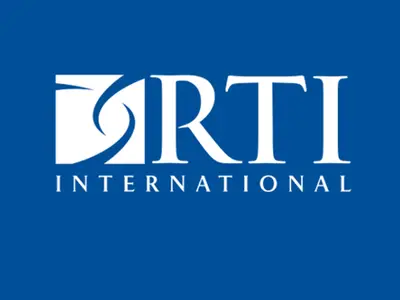Capturing the complexity of economic, environmental, and social interactions to analyze impacts of shifting climate patterns
Analyzing the impacts of climate shifts can require a model or suite of models capable of capturing the full complexity of economic, environmental, and societal interactions and the adaptive nature of producer, consumer, and government stakeholders to engage within a coherent structure.
Our team’s subject matter expertise in emissions, cross-sector climate impacts, and climate solutions contributes to our ability to provide comprehensive, robust model simulations of how individual sectors and the broader economy will respond to mitigation efforts. Drawing on our extensive experience, we develop and apply our economic models to help our clients:
- Project reference levels of emissions decades into the future
- Simulate responses of emissions sources to policy and market conditions
- Account for variables and conditions that might change in the future and what scenarios are possible or probable
- Evaluate implications, risk, and consequences of different scenarios for the environment, economy, health, and well-being.
Modeling teams develop and apply state-of-the-science models in several key areas:
Land use
A diverse array of models support the ability to address land use competition and the implications of policy and environmental changes on land use change, land management intensity, and greenhouse gas (GHG) emissions. We draw on partial equilibrium models such as the Forest and Agricultural Sector Optimization Model with Greenhouse Gases (FASOM-GHG), the Global Timber Model (GTM), the Global Forestry and Agriculture Model (GFAM), and Global Biosphere Management Model (GLOBIOM), the Land Use and Resource Allocation (LURA) model, and RTI EcoShift.
Electricity
Electricity modeling capabilities include capacity expansion and dispatch modeling, cost modeling, electricity sector linkage to the broader economy, and developing comprehensive datasets representing the U.S. electricity sector. For capacity expansion and dispatch modeling, RTI ALPSS, an open-source simulation model, allows users to better understand the current and future U.S. power sector under different policy and economic development scenarios. RTI ALPSS is freely accessible, and users can develop their own input assumptions, run multiple scenarios, and see the optimized results without having to deal with software downloads or difficult-to-understand programming code. Contact rti-alpss@rti.org for more information.
We also have deep experience running the National Renewable Energy Laboratory’s capacity expansion model, ReEDS, including linking it to RTI’s general equilibrium model of the United States, ARTIMAS®, and other economy-wide models.
For cost modeling, we developed a spatially explicit levelized cost of electricity model, SEERE, which can compare the costs of different technologies given localized information on electricity demand, resource availability, and existing infrastructure.
RTI’s Micro-level Engineering, Environmental, and Economic Detail of Electricity (MEEDE) dataset provides a unit-level representation of the U.S. electricity sector based on public sources. Details available in MEEDE include unit-level generation capacity, capacity factor, capital and operating costs, pollution rates, and water withdrawal and consumption rates.
Water
We've developed models, data systems, and frameworks to increase understanding of flood and water supply risks and support decision making for clients facing a range of water-related challenges. Our systems include RTI’s WaterFALL®, HydroBID, HydroRAM, and WaterALLOC to evaluate impacts of climate change on water availability and infrastructure and our RTI Amanzi systems and Rapid Dam Risk Suite for flood-related analyses.
Economy-wide
Our economists support a wide range of economy-wide analyses, from local input-output analyses to global general equilibrium analyses. Our intertemporal dynamic ARTIMAS model of the U.S. economy covers 9 census regions with state-level breakouts and detailed sectoral coverage including a technologically rich, integrated electricity sector or optional dynamic linkage with NREL’s open-source ReEDS model. The recursive dynamic RTI ADAGE® model of the global economy covers 8 regions with detailed treatment of land use, biofuel, and transportation sectors.
Households
We specialize in developing non-market valuation models of differential environmental attributes (e.g., temperature) to estimate impacts on human health and well-being. Our work on assessing heat-related health impacts can be applied to inform adaptation and mitigation strategies in urban locations and our econometric models can be applied to estimate the value of milder seasonal temperatures and examine the impact of counterfactual climate scenarios on migration patterns.
Indicators
Indicators can provide a useful way to track and communicate impacts of climate change and help assess vulnerabilities and resilience of communities. We have supported the development and application of a variety of ecosystem indicators including forestry and agricultural productivity and aquatic ecosystem health, and vulnerability indicators representing historical and projected extreme events, characteristics of waste facilities, wind and hydrological patterns, and sensitivity (e.g., socioeconomic, demographic) characteristics. We apply spatial mapping techniques to these indicators to identify vulnerable communities and support an indicator-based assessment approach that enables assessment of community resilience and supports planning.
Related Projects
Integrating climate risk into global agri-food system decision-making
Read More about Integrating climate risk into global agri-food system decision-making

















